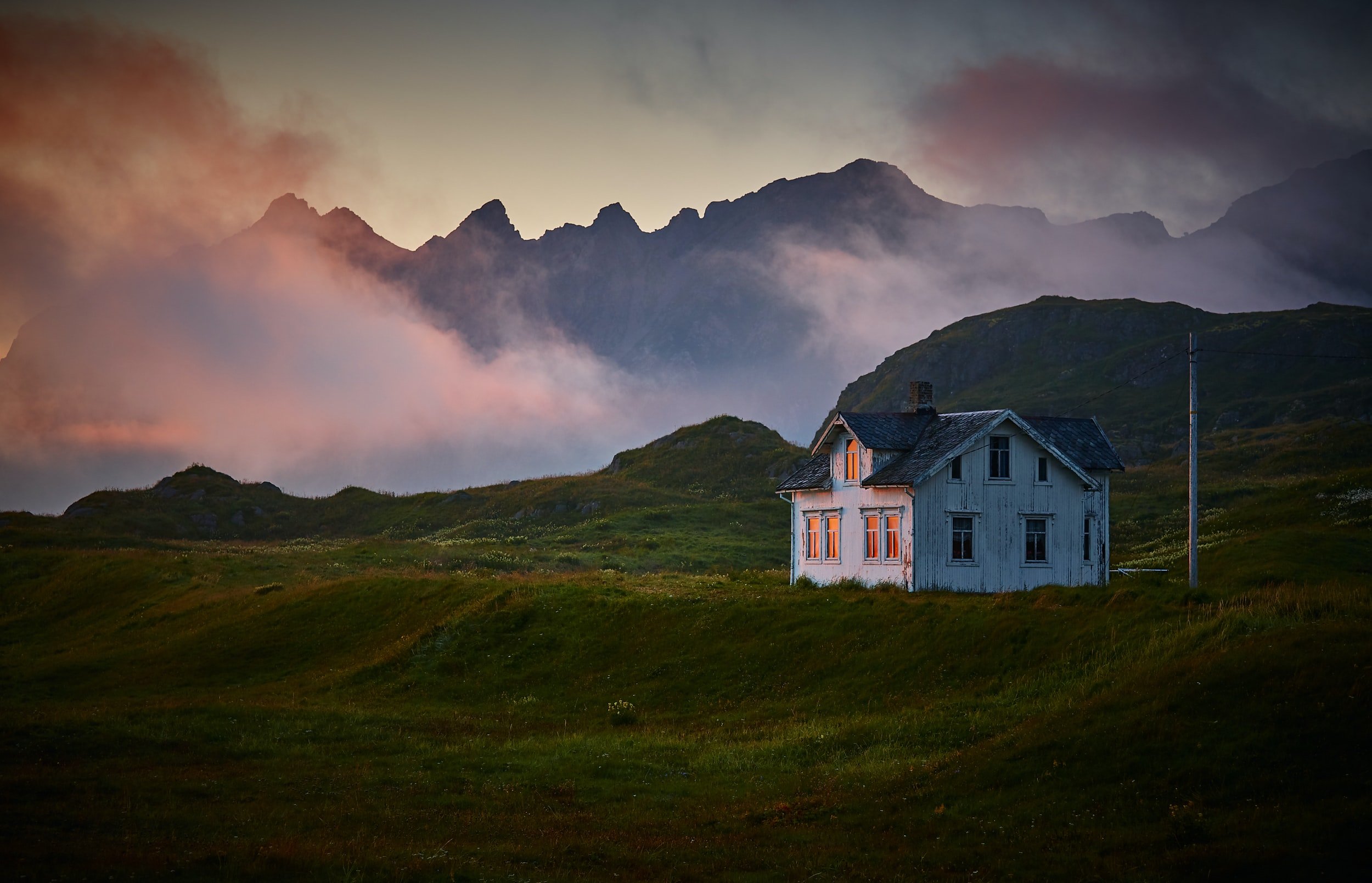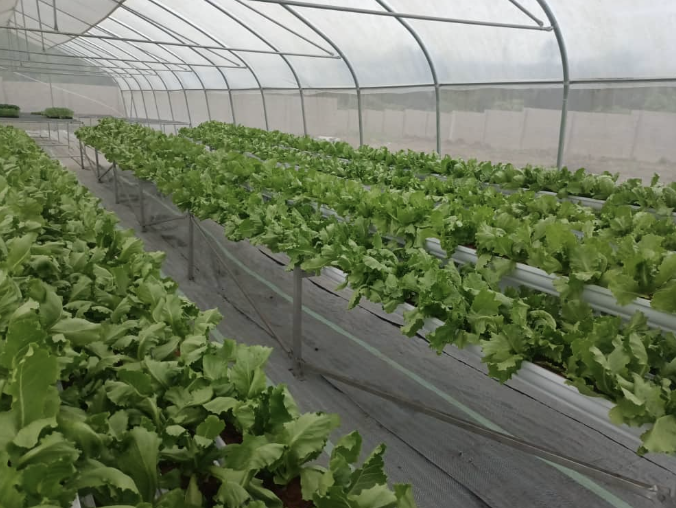‘Community Ownership’ Might Be the Best Way to Fight Deforestation
‘Community Ownership’ Might Be the Best Way to Fight Deforestation
By Peter Yeung, Reasons to Be Cheerful, October 15, 2021
Photos usable. word count: 1353
If you ask Mafi Esefa why she knows her hometown better than anyone else in the world, the 24-year-old places her hands on her hips and widens her brown eyes at the stupidity of the question.
“I was born just there,” she says, pointing at a small adobe hut with a thatched roof nearby. “When I was a young girl I helped my parents pick guava from those trees. I wash my clothes in that stream. Why would anyone know this land better than me?”
That Esefa’s village is deep into the Congo Basin, the second largest rainforest in the world, is of little relevance to her. Those who live and work in any place, she insists, are the ones best-placed to protect it. “It’s in our interest for the land to flourish,” says Esefa. “And we have the know-how to make it happen.”
It is a point of view that is gaining traction among climate campaigners, who believe the COP26 climate change conference in November — which will see leaders from 196 countries meet — will be the world’s last chance to agree on policy to avert disaster.
Rather than relying on billion-dollar carbon credit schemes and multinational agreements, which have failed to halt the rampant destruction of the world’s rainforests, advocates for community forests argue the best chance for humanity to turn things around is through a grassroots approach: giving power back to the people.
“It’s a really important shift,” says Silvia Ferrari, a forestry scientist at the Center for International Forestry Research, an independent institute conducting studies into forest management across the globe. “For decades, foreign companies and organizations have been dictating forest management in their own interests. But community forests rightfully put locals back at the center of power.”
The idea is that community-run forests — those owned, managed and governed by their inhabitants — naturally preserve biodiversity and have very low, if any, levels of deforestation, while improving the livelihoods of the world’s often disadvantaged, rural communities who rely on forests to make a living. Who better to act as forest guardians and to manage these complex ecosystems in harmony with nature, the argument goes, than those born and raised within them?
There’s growing empirical evidence to support that intuition. Research by the World Resources Institute (WRI), a global non-profit research organization, into 14 forest-rich countries containing 323 million hectares of community forest across Latin America, Africa, and Asia has found that communities “maintain or improve their forests’ carbon storage.” The report found that community forests are a “vital opportunity to combat climate change” and one that has “long been undervalued.”
One ripe example of community forests bearing fruit is Esefa’s village of Nkala in the Democratic Republic of Congo, whose 300 inhabitants were granted the legal right to own and manage 5,000 hectares of forest in December 2018. Under Congo’s community forest law, which was passed by the government in 2016, up to 75 million hectares — an area 1,000 times larger than New York City — are available for local and Indigenous groups. To date, around two million hectares have been granted.
The people of Nkala, with the support of regional authorities and local non-profit organizations, have since mapped the terrain in their community concession and developed land-use plans, demarcating parts of the tropical forest that can be used for subsistence hunting and cultivating crops such as corn, cassava and pineapples — and other protected areas where activity is prohibited.
For Esefa, who gathers palm and cassava leaves and then sells the sustainable produce at the nearby riverside market town of Tsumbiri, the community concession has transformed her life. Proceeds from the scheme have helped the villagers build a school, a health clinic and a mill to grind cassava into flour.
“It’s been liberating,” she says. “I earn my living safe in the knowledge that it will not damage the forest. And we don’t have to worry about outsiders trying to steal our resources and degrading the forest because the law protects us now.”
Early data backs up Esefa’s claims. Analysis by the Rainforest Foundation UK (RFUK), a non-profit monitoring the implementation of Congo’s program, found the rate of deforestation in 57 of the community concessions was 23 percent lower than the national average and 46 percent lower than in logging concessions in 2019.
“It’s a huge, globally important opportunity,” says Joe Eisen, executive director of RFUK. “The evidence from around the world shows that forests under community control have better biodiversity and livelihood outcomes. That’s a fact.”
With deforestation and other land degradation now accounting for 11 percent of annual global greenhouse gas emissions, the need for a new model is more pressing than ever. The planet lost an area of tree cover larger than the United Kingdom in 2020, including more than 4.2 million hectares of primary tropical forests, according to research by the University of Maryland. Using one familiar measure, that’s eight football fields of rainforest destroyed every minute — a 12 percent increase from 2019, despite the pandemic.
Fortunately, Congo’s community forests are far from the only success story. Schemes have taken root across the world, reducing deforestation, increasing biomass and making communities more resilient: from the more than 2,000 ejido forests of Mexico, to Nepal’s 18,000 community forests, to the five million hectares of community-run forests across the islands of Indonesia.
The benefits have spread far and wide. The WRI report found that government protection of the forest rights of communities in Niger has added 200 million new trees, absorbing 33 million tons of carbon over 30 years. Community forestry in Nepal has improved forest health and generated a carbon stock of more than 198 million tons across 1.6 million hectares. And in Bolivia, from 2000 to 2010, only about 0.5 percent of land on legally recognized Indigenous community forest was deforested, compared with 3.2 percent in the Bolivian Amazon.
Unlike previous policies, which have criminalized the 1.6 billion people that depend on these forests for food, water, shelter and energy, community forests are also rich with social and economic benefits.
In Guatemala’s Maya Biosphere Reserve, some 9,000 jobs and $6 million in annual revenue have been generated through the sustainable cultivation of products including mahogany, ramon nuts and honey.
It began in 1997, when a dozen communities were granted rights by the Guatemalan government to manage and make a living from the forest — a biodiversity hotspot, an important forest corridor for wildlife and a critical carbon sink. At the time, the move was a gamble. Today, the MBR case is being learned from, modeled and scaled around the globe.
Despite considerable pressures from cattle ranching, infrastructure development and drug trafficking, there has been close to zero deforestation — and 20 times less than in areas directly outside the community concessions.
“As long as communities have good governance and a business model, they can be sustainable,” says René Zamora Cristales, a Guatemalan forest expert for the WRI. “There is significantly less deforestation. Communities see them as a working forest — it improves their livelihoods, and so they need to maintain them.”
However, without sufficient support, community forests can fail. Cristales says that each project requires training, capacity building and planning tailored to the specific socio-economic and cultural contexts of the area, and authorities must work closely with communities to help with the often complex process of participatory mapping, recognition of land titles and transfer of forest management.
“You have to go with a helping hand,” explains Cristales. “The support from the international community needs to be there in terms of capacity.”
Funding also is a serious stumbling block, even though community forests cost a fraction of the amount being pumped into most global initiatives. A report published in April by the Rainforest Foundation Norway found that forest management schemes for Indigenous Peoples and local communities in tropical countries receive $270 million per year — less than one percent of Official Development Assistance (ODA) for climate change mitigation and adaptation and just 30 percent of what has been identified as needed.






